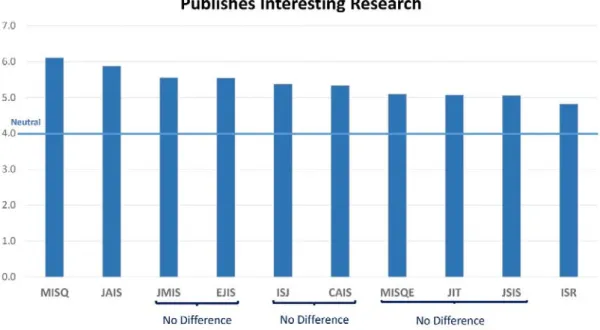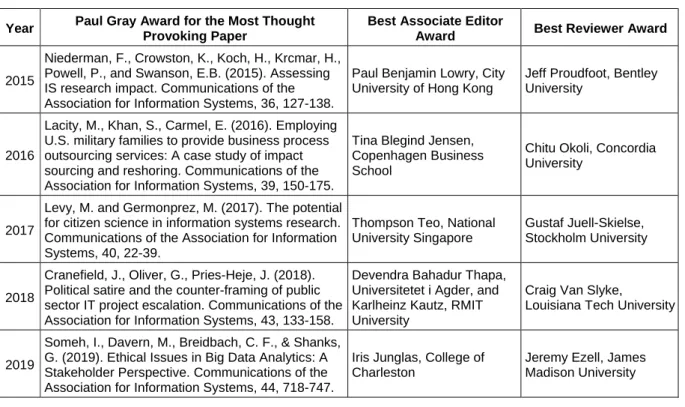C ommunications of the
Volltext
Abbildung



ÄHNLICHE DOKUMENTE
Consequently, based on Issing (2002), the next challenge to give money an important role requires to estimate a reference value (RV) level for annual broad money growth that
The analysis of results concludes that the organic system of farming is the most resilient adaptation strategy against climate change and offer greater potential as a
A typical terminal configuration for a Unitech terminal includes a card reader, a printer, a Teletype Model 33 ASR used as an operator console, a synchronous
If population growth falls but investment rates remain high the capital output rate would increase and the return to investment would fall.. The lower return
In order to once again play a positive role in regional security, Sweden must reassess its policies, and ensure that its defence policy and military posture are aligned, not
Previous experimental research has shown that such models can account for the information processing of dimensionally described and simultaneously presented choice
Initially, the museum acquired photographs for its research from other museums and archives, but it soon started to work actively to document university life, events, buildings and
At high growth rates elemental ratios (B/Ca, Mg/Ca and Sr/Ca) in the EPF increased slightly with pH which was in accordance with increasing growth and calcification rates at